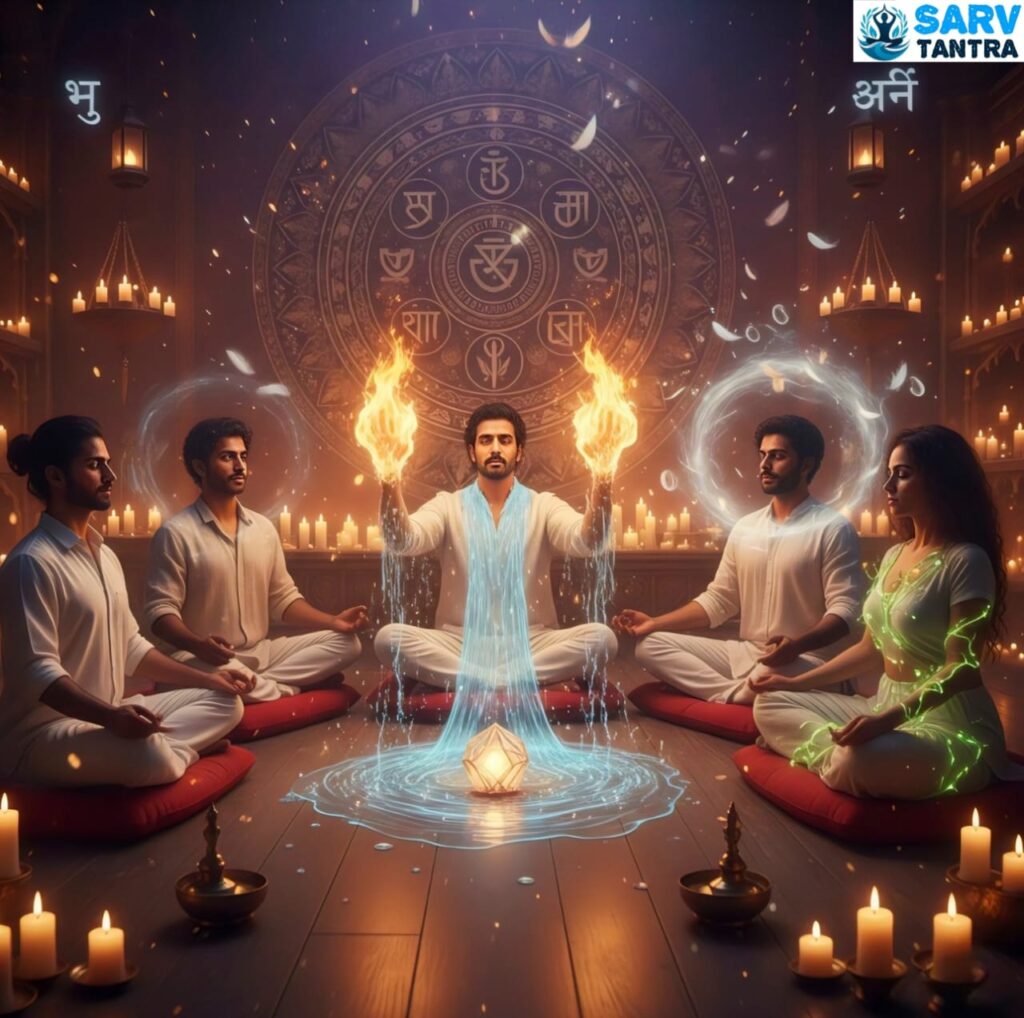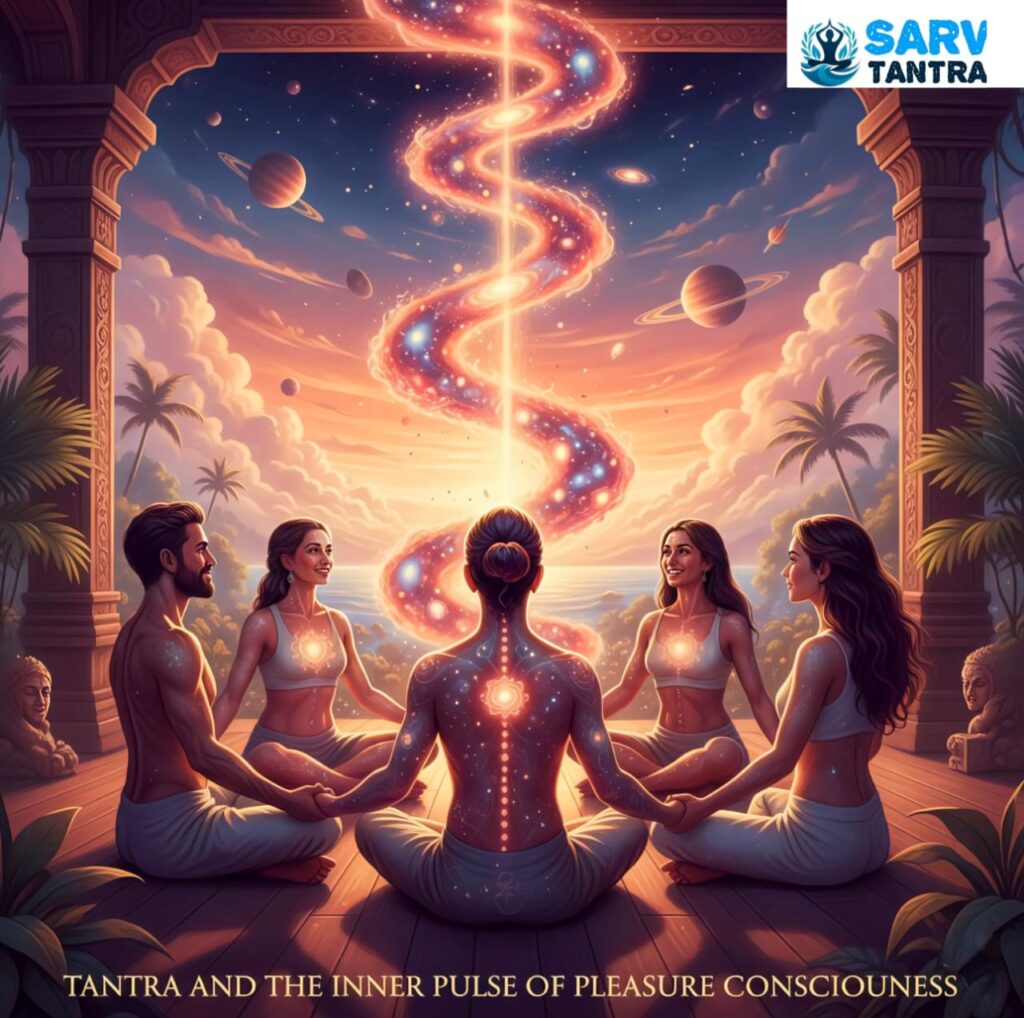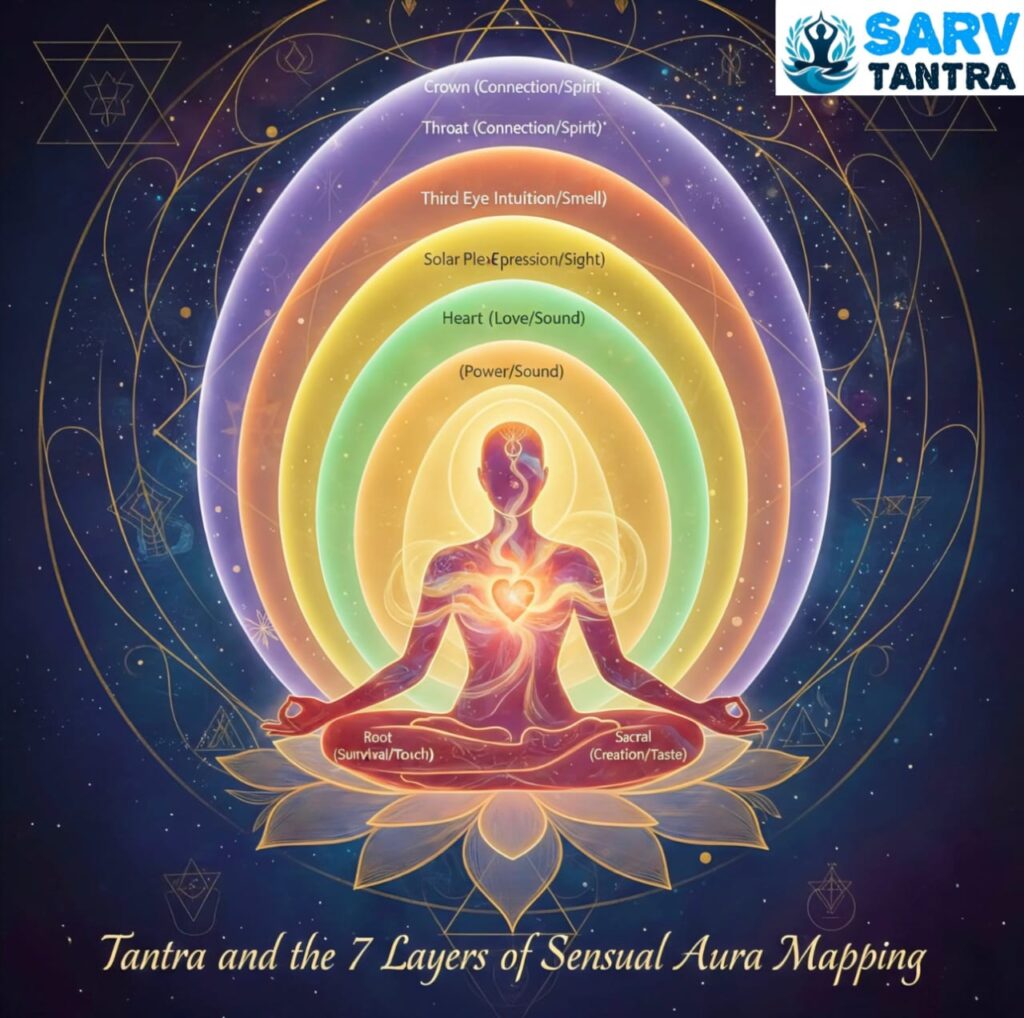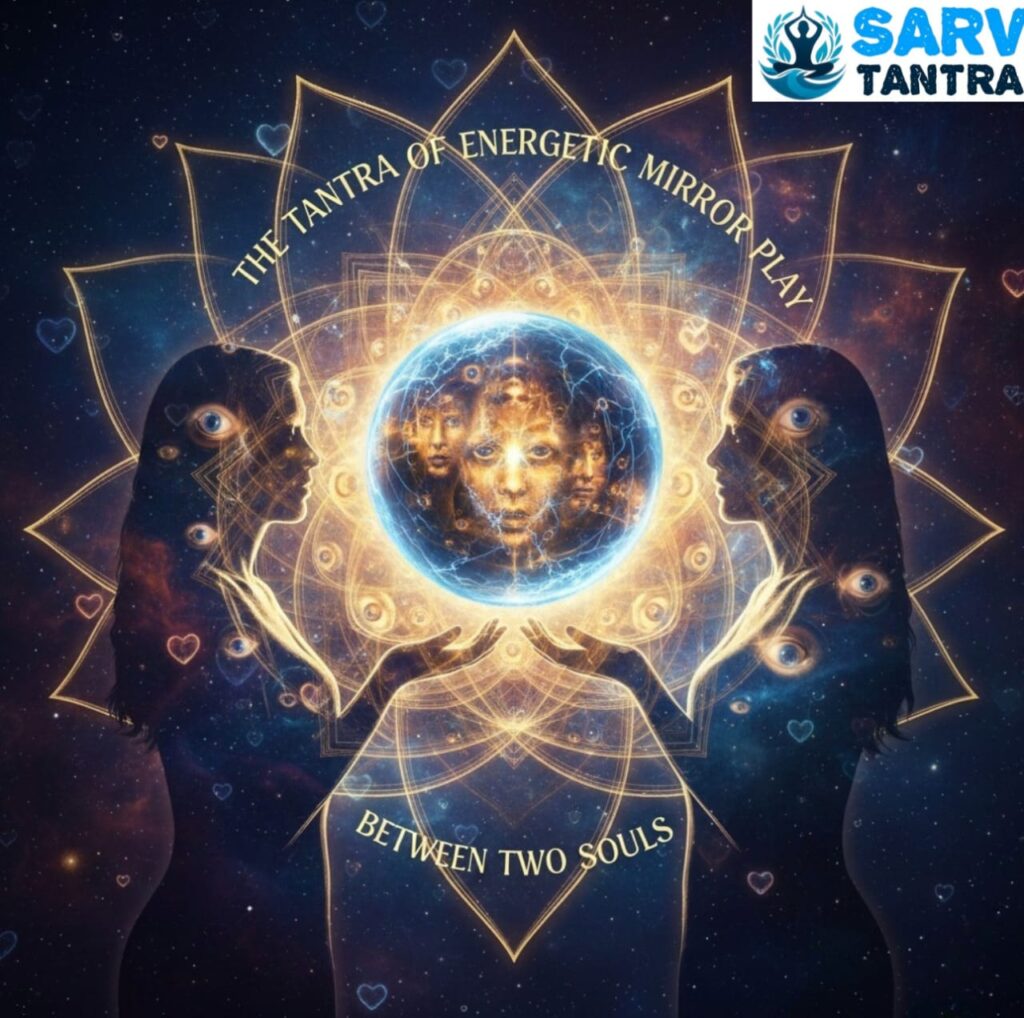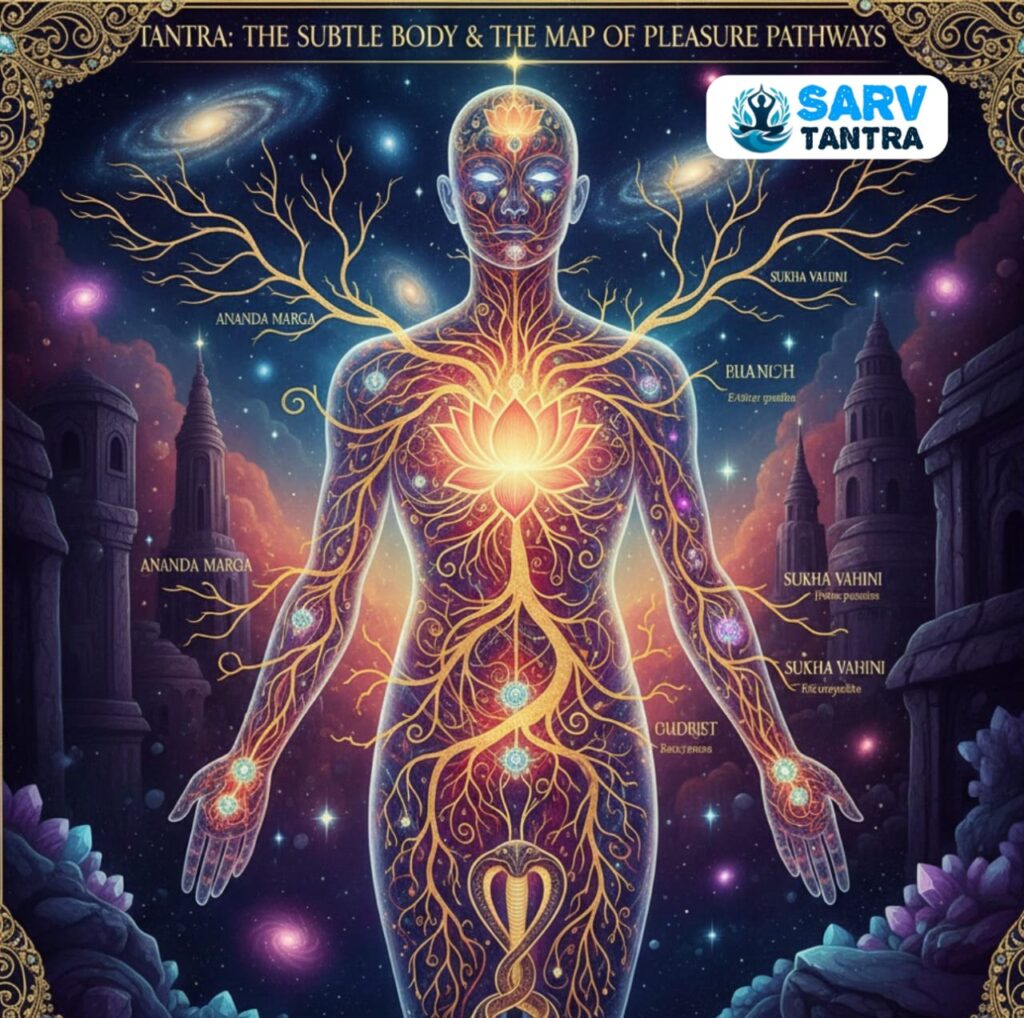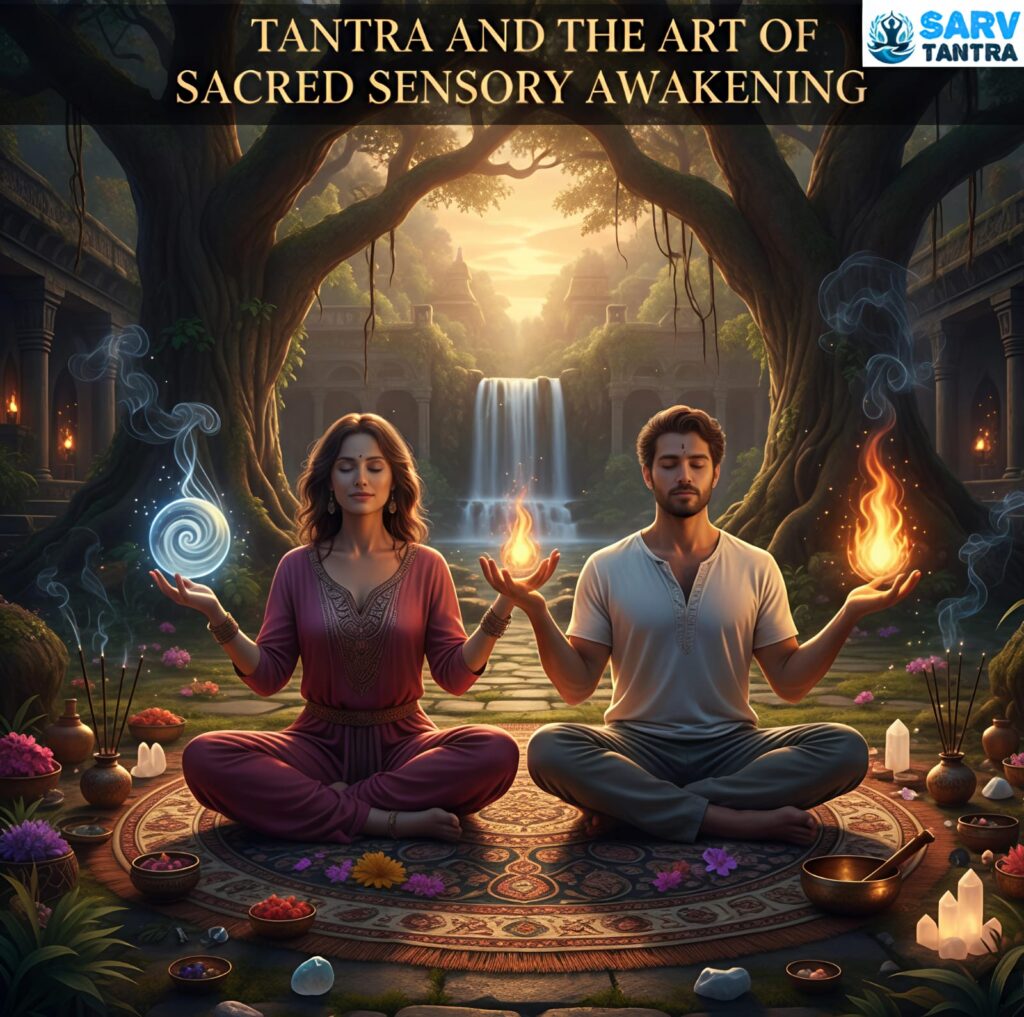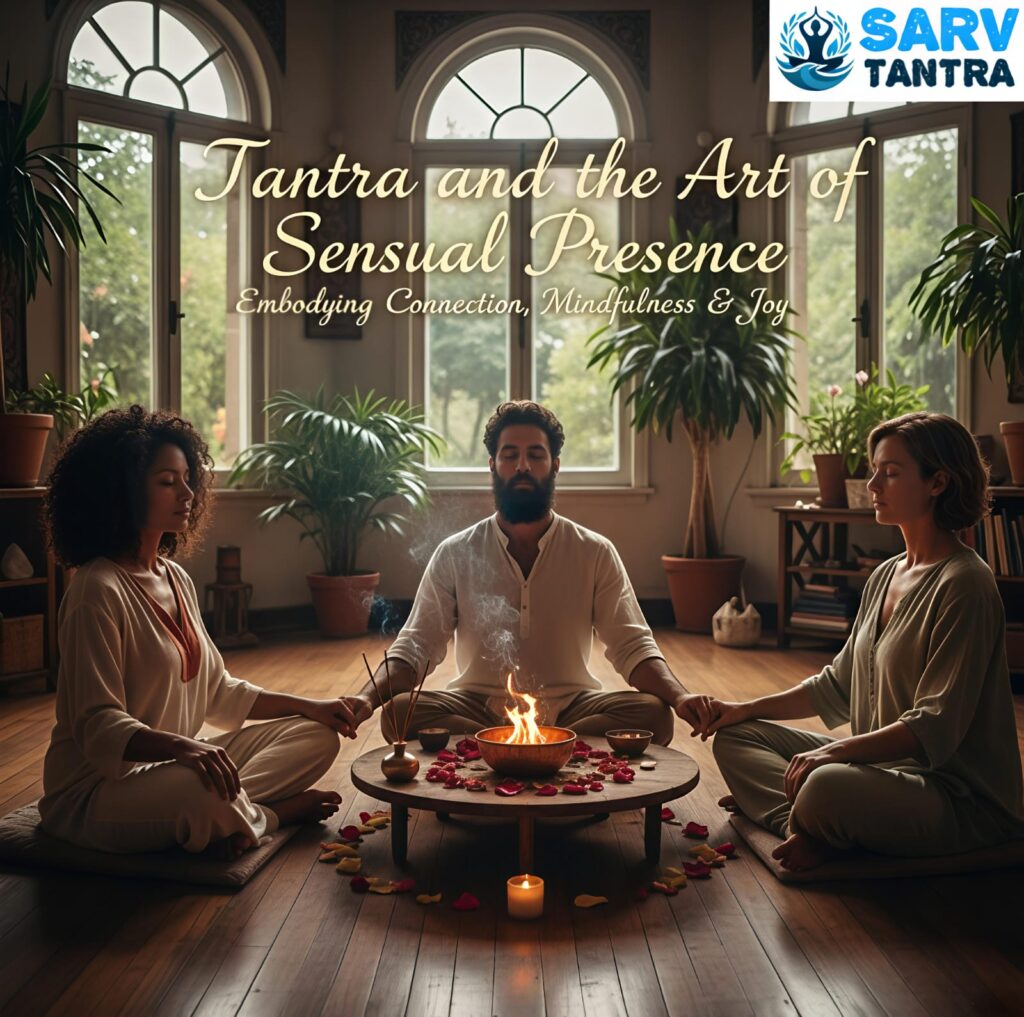Tantra and the Art of Surrender
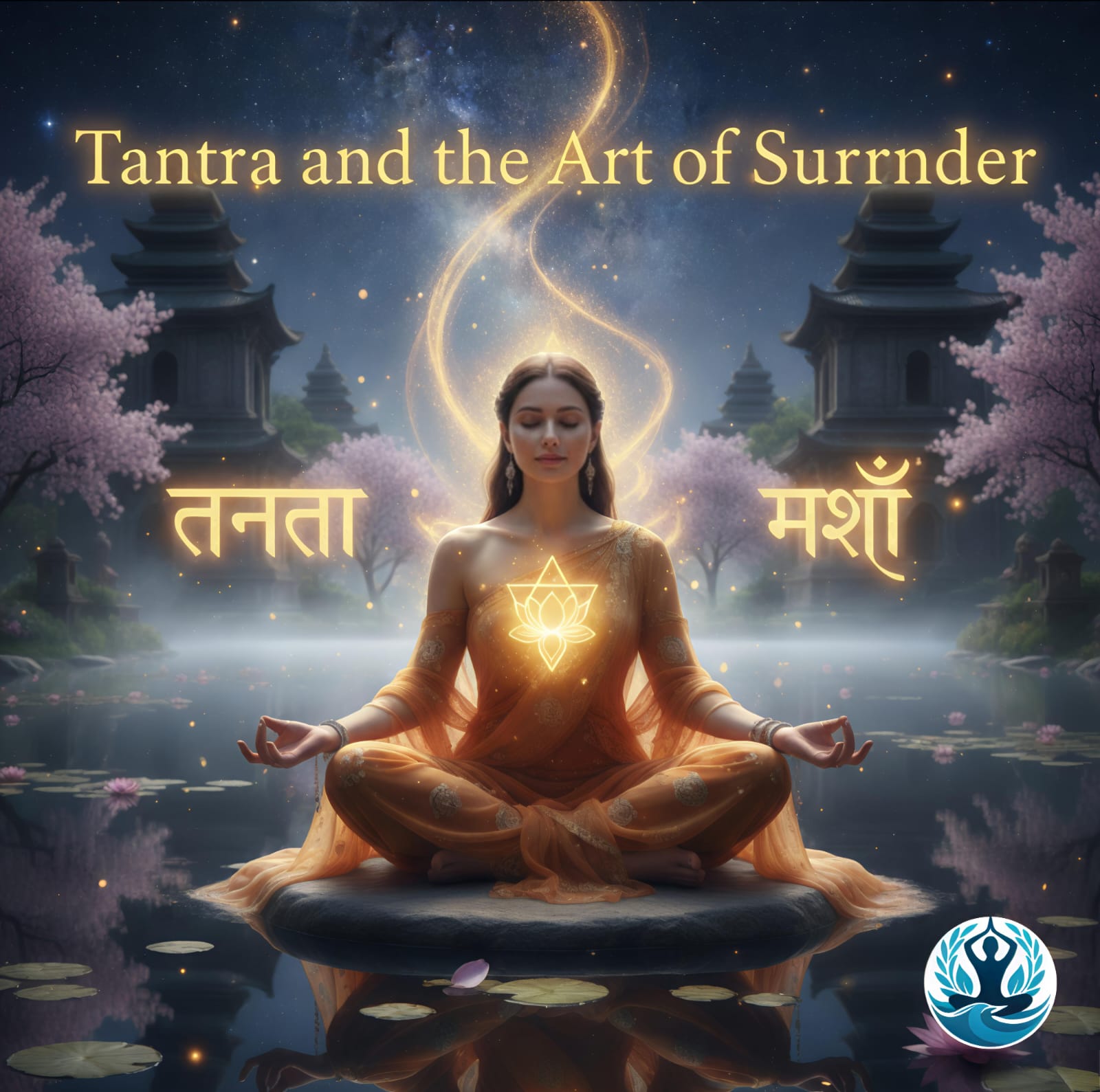
Introduction
In the modern world, where control and achievement are celebrated, the concept of surrender feels counterintuitive. Society teaches us to plan, to conquer, to dominate our emotions and environment. Yet, in Tantra, surrender is not a sign of weakness; it is the highest form of wisdom. The art of surrender in Tantra is the doorway to liberation, intimacy, and divine union. It is the bridge that connects the individual self to the universal consciousness. This journey from control to surrender is the essence of Tantra, a sacred path that teaches us how to dissolve resistance and flow with the natural rhythm of existence.
Surrender in Tantra is not about giving up or becoming passive. It is about letting go of the illusion of separateness and aligning with the flow of energy that governs the cosmos. When one learns to surrender consciously, life becomes a dance, and every experience, even pain or loss, becomes a gateway to awakening. Tantra views surrender as the merging of the limited self into the boundless ocean of being, where all dualities disappear and only awareness remains.
The Meaning of Surrender in Tantra
In Tantra, surrender is known as “Ishvara Pranidhana,” which means offering oneself to the divine or higher consciousness. It is a sacred act of releasing egoic control and allowing the divine intelligence to guide one’s life. Unlike in conventional spirituality, where surrender often means renouncing the world, Tantra teaches surrender through total engagement with life. The tantric practitioner does not escape reality but embraces it completely, knowing that every aspect of existence is an expression of the divine.
Surrender is not to a person or deity but to the flow of energy within and around us. It is a deep inner trust that the universe operates through divine order. The practitioner learns to release resistance, whether it comes in the form of mental control, emotional fear, or physical tension. When this surrender happens, energy flows freely through the body and consciousness expands naturally. It becomes a state of being rather than an act of will.
The Ego and the Illusion of Control
The greatest barrier to surrender is the ego’s need for control. The ego thrives on separation, identity, and fear of loss. It believes it must control life to survive. But control is an illusion, for life is ever-changing and unpredictable. Tantra invites us to see through this illusion by observing the mind’s constant struggle for certainty. When we stop fighting reality and allow things to unfold as they are, we begin to experience true freedom.
Ego is not the enemy in Tantra. Instead, it is seen as a useful tool that becomes an obstacle only when we identify with it completely. Through awareness, the practitioner learns to witness the ego’s patterns without judgment. This witnessing itself begins the process of surrender. As awareness deepens, the grip of the ego loosens, and one begins to taste the bliss of being without control. The paradox is that true power comes only when one stops trying to control life.
The Feminine Principle of Surrender
In Tantra, surrender is deeply connected to the feminine principle, known as Shakti. Shakti represents the dynamic, creative energy of existence, while Shiva symbolizes pure consciousness. The dance between Shiva and Shakti mirrors the dance between awareness and surrender. To surrender is to awaken the Shakti within — to open oneself to receive, to trust, to flow. It is not about gender but about inner polarity. Both men and women must embrace their inner feminine to experience the fullness of Tantra.
The feminine energy does not resist; it receives and transforms. Through surrender, it becomes a vessel for divine energy to manifest. This is why surrender is not weakness; it is receptivity, a state of openness that allows the highest energies to enter. When a practitioner surrenders like the feminine principle, the boundaries of individuality dissolve, and the cosmic dance begins. This union of Shiva and Shakti within the self is the ultimate realization in Tantra.
Surrender in Tantric Relationships
One of the most profound expressions of surrender in Tantra is through relationships. A Tantric relationship is not about possession or control; it is about merging with the other through conscious presence. Lovers in Tantra surrender to each other not as a loss of self but as a gateway to oneness. In such sacred union, the boundaries between “I” and “you” blur, and a field of divine energy emerges where both partners experience themselves as expressions of the same consciousness.
Surrender in a relationship requires deep trust, vulnerability, and authenticity. It means releasing the need to dominate or be dominated. It invites both partners to see each other as mirrors reflecting the divine essence. The tantric path teaches that true intimacy arises not from physical connection alone but from the surrender of masks, fears, and ego-driven desires. When both partners meet from a place of surrender, love becomes a meditative act — a spiritual practice that dissolves duality and awakens higher states of awareness.
Surrender and the Flow of Energy
Tantra views the human body as a sacred vessel through which divine energy flows. This energy, known as prana or life force, becomes blocked when we resist life or cling to control. Surrender releases these blockages and allows energy to move freely through the chakras. When energy flows unobstructed, it harmonizes the body, mind, and spirit, bringing balance and vitality. In this sense, surrender is not just an emotional or spiritual act; it is also physiological and energetic.
During meditation or ritual, a tantric practitioner learns to surrender to the natural rhythm of breath, sensations, and emotions. Rather than controlling the experience, they allow it to unfold. This creates a state of openness in which energy naturally rises, leading to expanded states of consciousness. Surrender thus becomes the bridge between the physical and the spiritual, transforming ordinary experiences into sacred communion.
The Path of Trust and Letting Go
Trust is the foundation of surrender. Without trust, surrender feels unsafe and impossible. Tantra teaches that life itself is intelligent — that existence is not random but guided by a deeper order. When one begins to trust this order, fear diminishes. The practitioner realizes that everything that happens, whether joy or sorrow, serves their awakening. This realization creates a profound relaxation into life, where surrender becomes natural.
Letting go is not an act of force but of acceptance. It is the art of saying yes to life as it is. When we stop resisting what is, we move from tension to flow. In this flow, creativity, love, and awareness blossom. The more we let go, the more we align with the cosmic rhythm. In the tantric view, every moment of surrender opens a door to transcendence.
Practices of Surrender in Tantra
Tantra offers numerous techniques to cultivate surrender. These practices help dissolve mental resistance and open the body and heart to divine flow. Some of the key practices include:
1. Breath Awareness: Conscious breathing harmonizes the mind and body. Observing the natural flow of breath without control teaches surrender in its purest form.
2. Meditation: Meditation in Tantra is not about suppression but witnessing. As thoughts arise, the practitioner observes them without interference, learning to surrender the need to change or control the mind.
3. Ritual and Devotion: Offering flowers, chanting mantras, or performing rituals can be acts of surrender. Through devotion, one transcends ego and merges with the divine.
4. Sacred Union Practices: In conscious lovemaking, surrender becomes an embodied experience. Partners learn to let go of performance and control, entering into a space of shared presence.
5. Body Awareness: By feeling sensations fully and allowing them to pass through without resistance, one learns to live in surrender moment to moment.
These practices are not about renouncing control forcibly but about relaxing into awareness. With time, surrender becomes effortless, a natural state of being.
The Fear of Surrender
Many people fear surrender because it threatens the ego’s sense of safety. The mind associates surrender with loss — loss of identity, freedom, or power. Tantra helps dissolve this fear by revealing that true freedom lies beyond control. When one surrenders, there is no loss, only expansion. The individual does not disappear but merges into a greater wholeness. What dies is the illusion of separation.
The fear of surrender is rooted in past wounds and conditioning. Healing this fear requires compassion and self-awareness. Tantra encourages the practitioner to face this fear gently, not to fight it. When love and awareness meet fear, transformation occurs. Slowly, the fear turns into trust, and trust into bliss. The practitioner realizes that surrender is not the end of self but the beginning of true self-realization.
Surrender as a Way of Life
For a Tantric, surrender is not confined to meditation or rituals; it is a way of living. It means being fully present in every moment without resistance. Whether one is working, loving, or resting, surrender becomes the underlying state of being. It transforms how one perceives challenges, relationships, and even death. Life becomes effortless because there is no inner struggle.
In the path of Tantra, surrender leads to spontaneity. Actions arise from presence, not from mental calculation. The practitioner becomes a channel for divine expression. Every act becomes sacred because it flows from surrender. This is the essence of Tantric living — being one with the flow of existence, neither grasping nor rejecting, but embracing all that is.
The Ultimate Surrender: Dissolution into the Divine
The culmination of the tantric journey is total dissolution into the divine. This is the moment when the drop merges with the ocean, when the individual consciousness dissolves into cosmic consciousness. There is no longer a separate self; there is only pure awareness, limitless and eternal. This is not death but liberation. In this state, there is no need for effort, control, or even surrender — for the one who surrenders has disappeared.
This ultimate surrender cannot be achieved by force or desire. It happens spontaneously when the practitioner is ready, when all resistance has melted away. The divine takes over, and life becomes a continuous flow of grace. This is the highest state of Tantra — the state of union, where the dance of Shiva and Shakti becomes one eternal embrace.
Conclusion
Tantra and the art of surrender invite us to move beyond the illusions of control and separation. Through conscious surrender, we reconnect with the infinite intelligence that governs existence. It is not a path of giving up but of awakening. To surrender is to trust the divine within and to live from the heart instead of the mind. It is the courage to let go and the wisdom to flow with life as it unfolds.
In the tantric vision, surrender transforms everything — pain into peace, fear into trust, and desire into divine love. It is the ultimate path to liberation, where life itself becomes a meditation and every breath a prayer. To master the art of surrender is to return home — to the stillness, beauty, and infinite grace that has always been our true nature.




